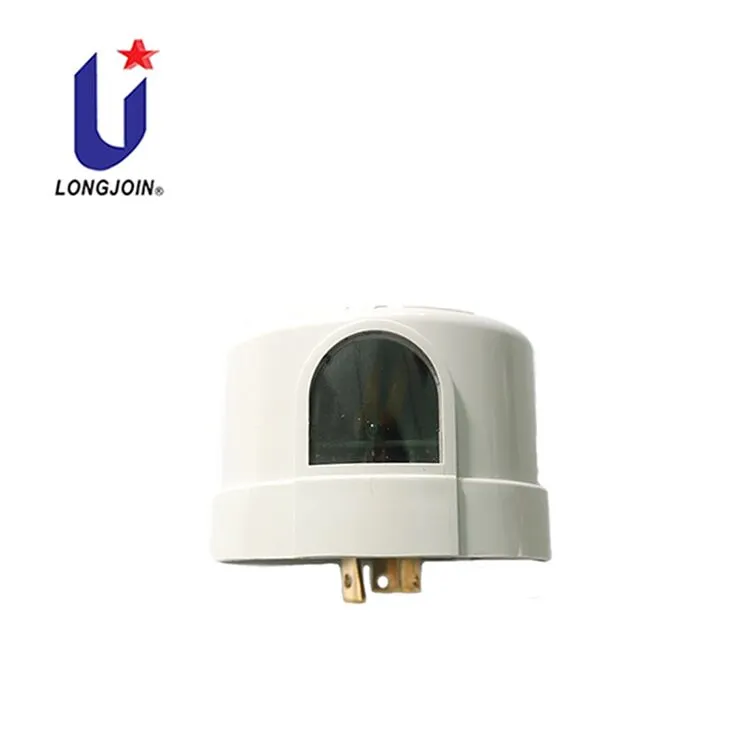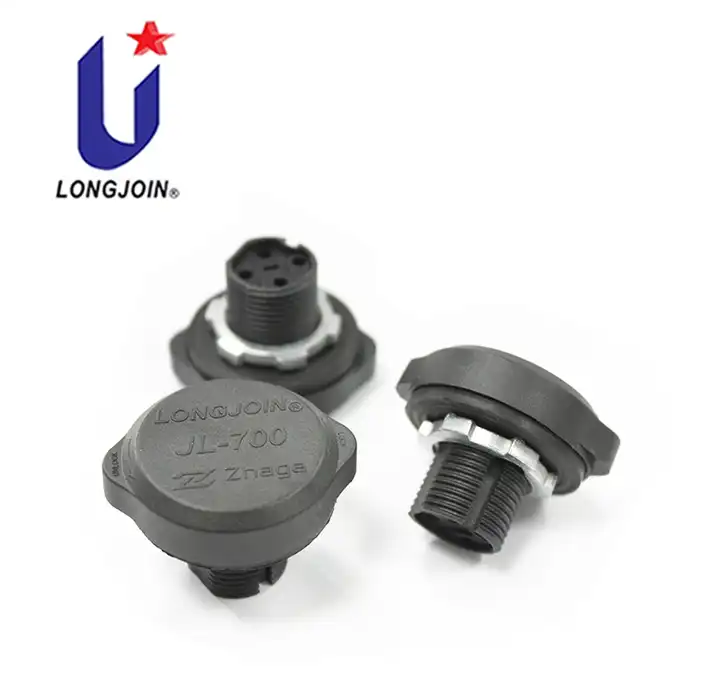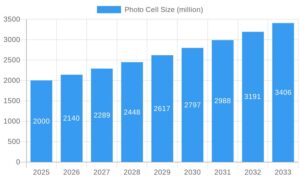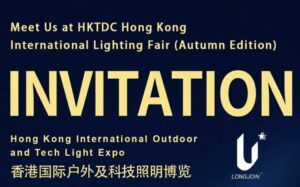When selecting Long-Join brand photocells (photocells), you can consider the following key aspects and combine them with a specific case
Application Scenario
First, identify the type of outdoor lighting equipment the photocell will be used on. This could be street lights, garden lights or corridor lights. Different application scenarios have different requirements. They can be about sensitivity, mounting method and waterproof rating of the photocell.
Street lights need to be highly sensitive to changing light conditions throughout the day. This may require a photocell with accurate light detection. They should also have adjustment capabilities. Garden lights can require a less sensitive photocell but it should be good-looking. Corridor lights may require a moderate level of sensitivity. It should also have robust mounting options to handle frequent usage. Changing weather conditions can also be checked this way.

Functional Requirements
Determine the specific functionality you need. For example, do you need time control, motion sensing linkage, or remote control? Long Join offers a variety of models to meet these needs. The JL-2X series uses CDS photocells, which are suitable for basic light sensing and control. In contrast, the JL-207 model uses a more sensitive phototransistor. This provides advanced light detection and control capabilities.
Time control functionality allows the photocell to turn lights on or off at specific times. This can be useful for managing energy usage. Motion sensing linkage activates lights only when movement is detected. This is ideal for pathways and entrances. Remote control functionality also enables centralized management of more lights. This makes it easier to change settings and do maintenance.

Protection Class
Outdoor environments can vary. It’s important to select a photocell with the appropriate protection rating. These can be IP65 or IP67. This makes long-term stable operation. It also reduces maintenance costs.
An IP65 rating photocell protects from dust and water jets. This is suitable for most outdoor applications. IP67 rating is better in areas with heavy rain and snow. It provides even better protection against harsh weather conditions. The photocell in this can also withstand temporary submission in water. This type of protection is particularly useful in flood prone areas.
Ease of Installation
Consider the installation method of the photocell. Long Join provides options like the Twist-Lock series. These are easy and quick to install. They are also suitable for quick deployment.
The Twist-Lock design allows for tool-free installation. This reduces labor cost and downtime. This feature is mainly useful in large-scale projects. Here, multiple photocells can be installed quickly and efficiently. Also, this ease of installation makes it easy for future upgrades and replacements. This makes sure the system can adapt to new technology and requirements.

Compatibility and Standardization
Make sure that the photocell complies with relevant international standards. These can be NEMA/ANSI interface standards. This allows for easy integration with existing lighting systems or luminaires.
Compliance with standards like NEMA/ANSI is beneficial. It makes sure the photocell can easily replace or upgrade existing components. It also doesn’t require many complex modifications. This compatibility reduces installation time and costs. It also makes sure the photocell can integrate with different lighting control systems. Standardization also improves reliability and performance. It provides a consistent user experience across different installations.
Case Study
Background
A city plans to upgrade its street lighting system on its main roads. The goal is to use intelligent light control technology to reduce energy consumption. The system should automatically adjust brightness according to the intensity of natural light and be easy to maintain and waterproof to cope with rainy seasons.
Application Scenario
The project involves main road street lights that need to run all day. They are also highly sensitive to changes in natural light. The lights should automatically change brightness based on the available natural light. This improves visibility and energy efficiency. These street lights are exposed to changing weather conditions. They need to maintain consistent performance throughout the day and night. For example, at dusk the lights should brighten. Likethis, they should get dim at dawn. This helps maintain good illumination throughout the day.

Functional Requirements
The chosen photocell should have automatic light-sensitive changing capabilities. This makes the street lights respond effectively to changing light conditions. The city might also require intelligent management features in the future. Photocell should be capable of making such upgrades. This could include integration with a central management system. The system can allow for remote monitoring and control. It can also help officials change settings and manage energy consumption more efficiently. An example is a photocell with motion sensing and dimming capabilities. They can improve energy savings by reducing light output when there is low traffic.
Protection Level
In a rainy climate, the city should select a photocell with a high waterproof rating. It can be IP67 or higher. The Long Join JL-207 series is the best option as it has a built-in photosensitive transistor. This is highly sensitive and gives optimal waterproof performance. It also makes sure the photocell can withstand heavy rain and flooding. This maintains its functionality and increases its longevity. A high protection level also reduces the risk of short circuits and corrosion. This reduces maintenance costs and increases the lifespan of the street lighting system.
Ease of Installation
The installation method should be easy to facilitate large-scale replacements and upgrades. Long Join’s Twist-Lock series is ideal for this purpose. It allows quick and easy installation. The twist-lock mechanism that removes the need for complex wiring or specialized tools. It also allows technicians to install or replace photocells smoothly. This ease of installation is important for large-scale projects. It reduces labor time and costs. It minimizes disruption to the public too. Also, it allows for faster deployment of upgraded lighting systems.
Compatibility
The selected photocell must match the NEMA standard interface of the existing street lights. This makes sure that the photocell can be used as a direct replacement for the original system. It also reduces retrofit costs. Also, It guarantees easy integration with the current lighting infrastructure. This way there is no need for additional adapters or modifications. Using a photocell with NEMA standards, the city can ensure interoperability. This can be with different lighting components and control systems. It also facilitates future upgrades and maintenance.
This standardization also provides assurance of quality and reliability. This is because NEMA products meet stringent performance and safety criteria.
Conclusion
In this case, Long Join’s JL-207 Twist-Lock series photocell is the best choice. It meets the need for high sensitivity light control and offers easy installation. It also has a high waterproof rating. Its compatibility with NEMA standards is useful. This is because it makes a perfect fit for the city’s streetlight upgrade project. The customized solution provided by Long Join allows for future intelligent upgrades. This gives long-term benefits and sustainability of the project.
FAQs
How do I know if a Long Join photocell is compatible with my street lights?
Make sure the photocell matches the NEMA standard interface of your existing street lights for seamless integration.
What protection rating should I look for in a photocell for a rainy climate?
Look for a photocell with an IP67 rating or higher. This makes sure it can withstand heavy rain and humidity.
Why is the ease of installation important for large-scale street light upgrades?
Easy installation, like with Long Join’s Twist-Lock series, reduces labor time and costs. This allows for faster deployment and less disruption.
Summing Up
It is important to consider all the above steps when selecting Long Join brand photocells. These include application scenarios, functional requirements and protection class. Ease of installation, and compatibility with international standards are also important. In the specific case study of a city’s streetlight upgrade, the Long Join JL-207 Twist-Lock series proved to be the ideal choice. It was due to its high sensitivity and ease of installation. It also had a waterproof rating and compatibility with existing systems. This example shows the importance of carefully selecting the right photocell. It helps in making a more efficient and reliable outdoor lighting system.
External Link
https://www.nbcnews.com/select/shopping/what-are-ip-ratings-rcna99835





